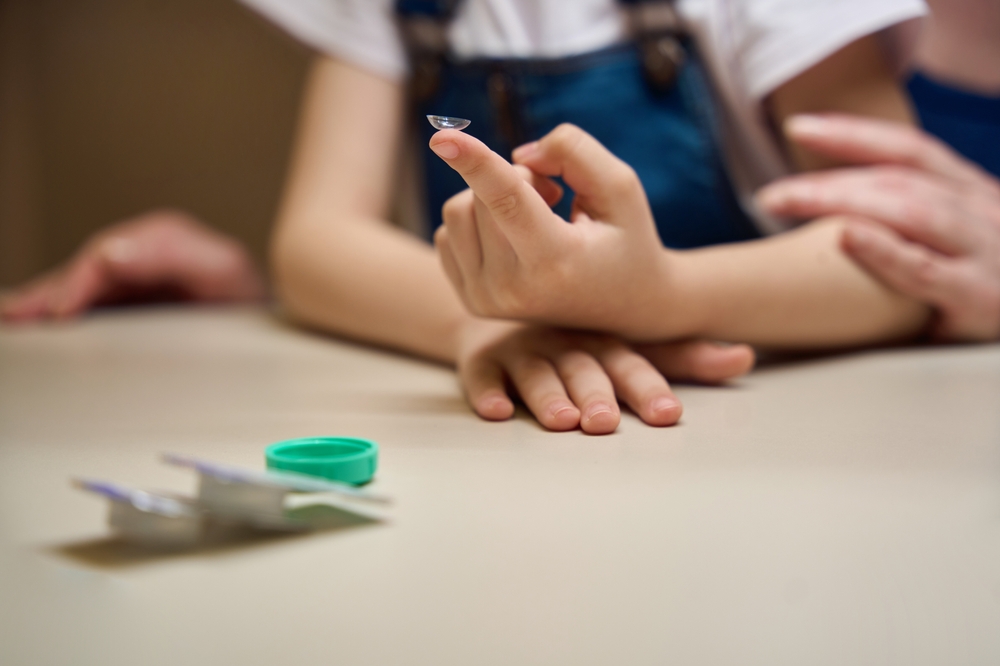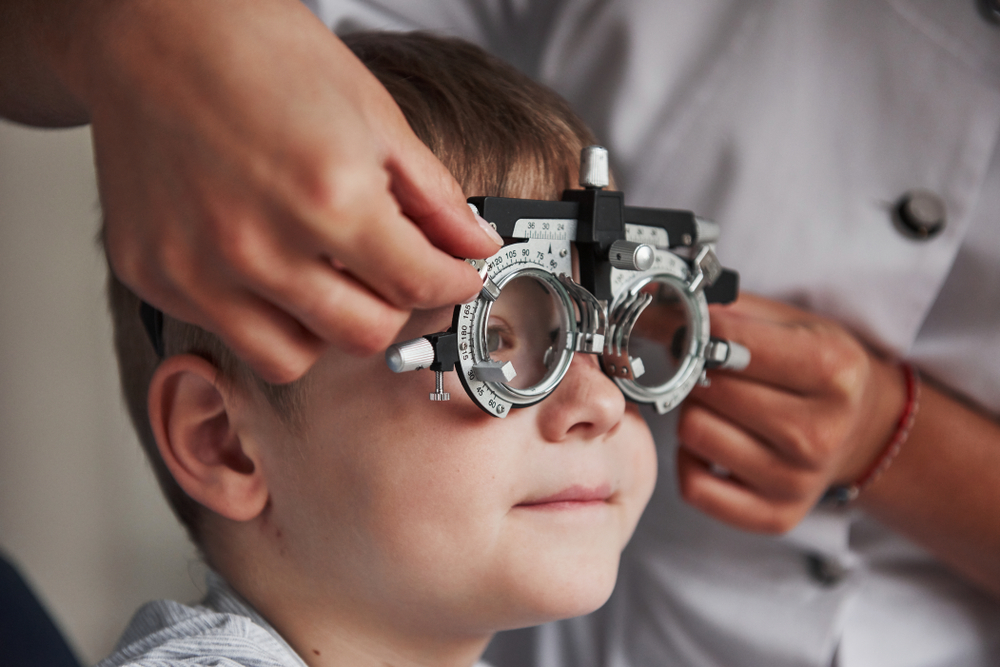
Parents often look for safe, effective ways to help their children see clearly without relying on glasses or daytime contacts. Orthokeratology, commonly known as Ortho-K, offers just that. Using specially designed lenses worn only at night, Ortho-K provides clear vision during the day without surgery. At Tri-City Optometry in Fremont, we specialize in Corneal Refractive Therapy (CRT) - an FDA-approved form of Ortho-K that corrects nearsightedness and mild astigmatism while also helping to slow the progression of myopia in children.

The search for a pair of glasses that feels just right can be overwhelming. The worry of making the wrong decision is real. Anxiety may blossom when every pair seems to miss the mark.

Your child’s vision plays a critical role in their learning, development, and overall quality of life. From the classroom to the playground, clear and comfortable vision helps children explore the world, build confidence, and succeed in their daily activities. Pediatric eye care is more than just a vision check—it’s a vital part of your child’s health and well-being.

Glaucoma can feel overwhelming. The thought of losing vision is scary. It is natural to worry about the future. But there is hope. Advancements in treatment and prevention offer new ways to manage this condition.

Low vision is a condition where individuals experience significant vision loss that cannot be fully corrected with glasses, contact lenses, or surgery. People with low vision often struggle with daily activities such as reading, recognizing faces, or driving. Understanding how low vision is diagnosed and treated is crucial in managing the condition and improving the quality of life for those affected.

Myopia is a refractive error in the eye that causes distant objects to appear blurred while close-up objects remain clear. This condition occurs when the eye's natural lens or cornea (the clear front part of the eye) is too curved or the eyeball is too long, causing light to focus in front of the retina instead of directly on it.

Ortho-K is an innovative and non-surgical vision correction treatment that can provide clear vision without the need for glasses or contact lenses during the day. This revolutionary technique involves wearing special contact lenses while you sleep, which gently reshape the cornea.

Diabetes has a multitude of associated health problems. One such complication is diabetic eye disease. This umbrella term covers a range of eye-related conditions, all of which can lead to severe vision loss if not detected and treated in time.

Most people prefer contact lenses for convenience, comfort, and better peripheral view than eyeglasses for vision correction. They have grown in popularity worldwide due to their many benefits. However, caring for them is vital to avoid infections and other problems due to poor hygiene.

The Contact Lens Society of America stresses the importance of custom-fit contact lenses. These corrective lenses will rest on your eyes. Making sure that they fit will mean great comfort and function. Here are the details about what to expect at your contact lens fitting.







